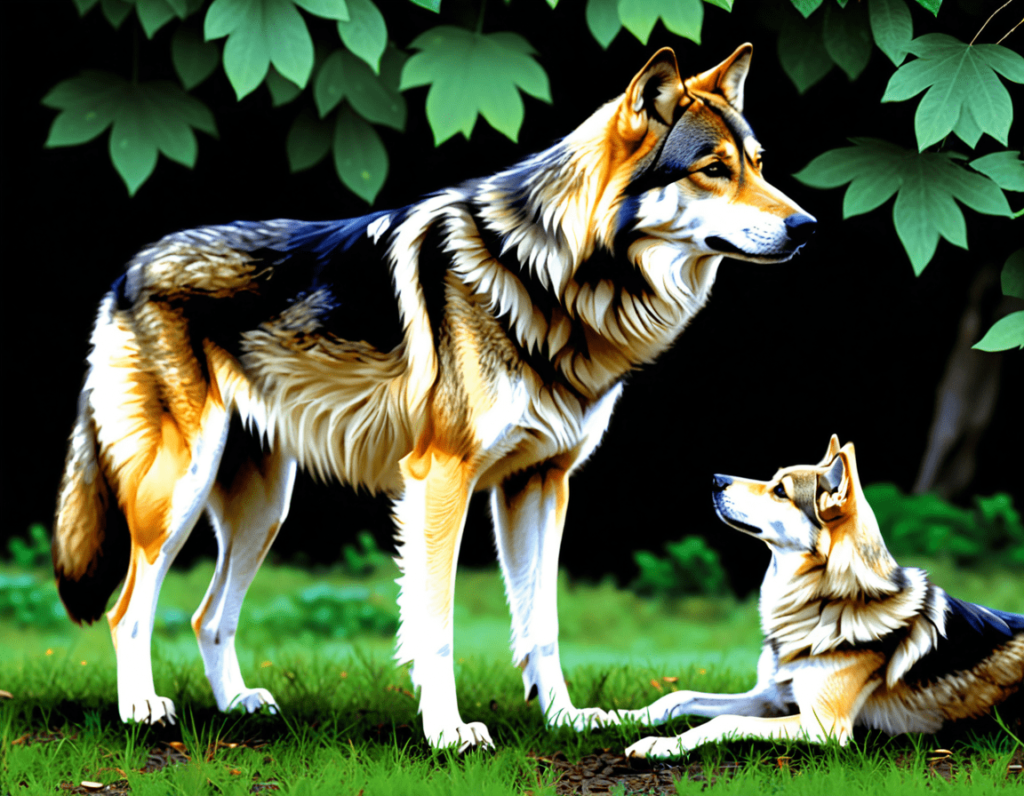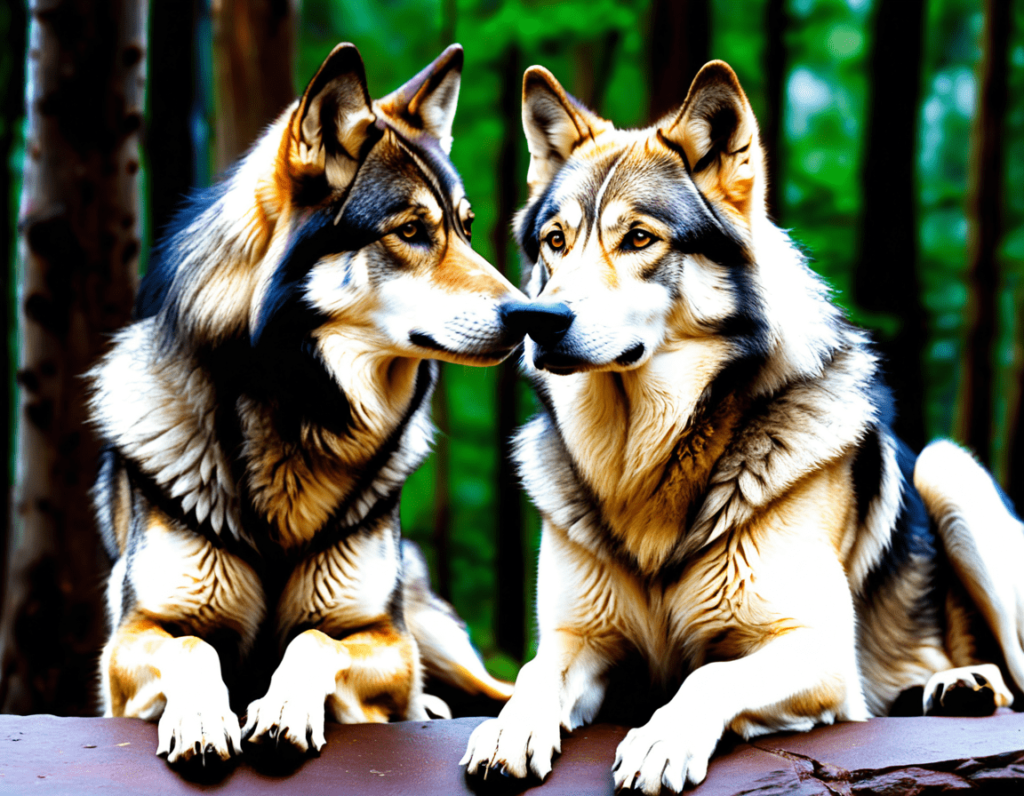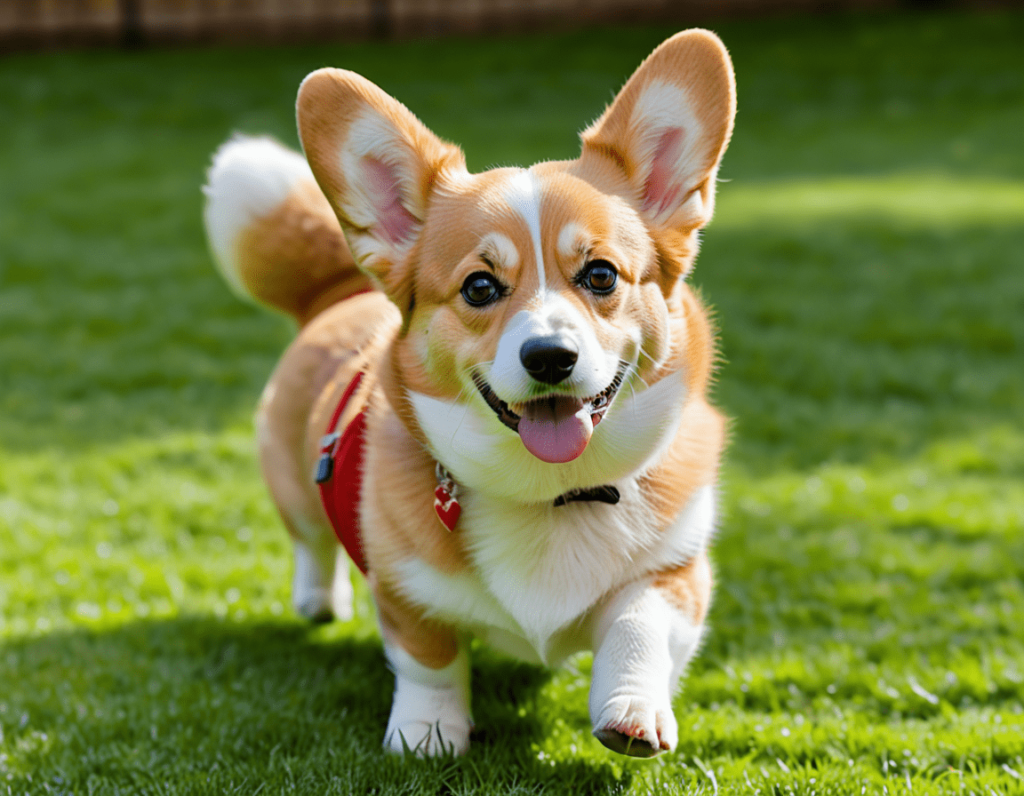
The History of Dog Domestication: From Wild Wolves to Our Best Friends
Dogs are often referred to as “man’s best friend,” but have you ever wondered how they went from wild wolves to our cuddly companions? The history of dog domestication is a fascinating journey filled with adventure, survival, and a fair share of tail-wagging moments. Let’s take a stroll down memory lane and explore how our furry friends became an integral part of our lives!
A Howl of a Start: The Origins of Domestication
The story of dog domestication begins about 15,000 to 40,000 years ago (and yes, that’s a pretty big range—talk about being fashionably late!). Scientists believe that the ancestors of modern dogs were wolves that formed a symbiotic relationship with early humans. While early humans were busy hunting and gathering, wolves were lurking around, keeping a close eye on the leftovers.
Imagine a prehistoric wolf sniffing around the campfire, thinking, “Hmm, these humans have some tasty scraps! If I stick around, I might just score a snack!” This friendly relationship between wolves and humans likely led to a mutual benefit: wolves helped humans by keeping watch for danger, while humans provided a steady source of food. A classic win-win situation!
The Shift from Wild to Mild
Over time, those daring wolves began to adapt to their new lifestyle. The friendlier, more sociable wolves found themselves better suited to life around humans. Through a natural process known as selective breeding, humans started to favour wolves with desirable traits.
Think of it as an ancient version of a talent show—if a wolf was good at being friendly, guarding the camp, or even chasing off pesky sabertooths, they got a cookie (or whatever prehistoric treats were available). Eventually, these wolves evolved into the domesticated dogs we know today.
From Companionship to Canine Careers
As time marched on and human civilisation developed, dogs transitioned from mere companions to multi-talented helpers. Different breeds emerged, each with specific skills that catered to human needs.
1: Herding Dogs:
These pups were born to corral sheep and cattle, showcasing their incredible intelligence and agility. Think of them as the original sheep whisperers!
2: Hunting Dogs:
Whether it was tracking, retrieving, or flushing out game, these dogs were essential for survival. Just imagine trying to hunt without your trusty canine sidekick—good luck with that!
3: Guard Dogs:
With their fierce loyalty and protective instincts, some breeds took on the role of guardians, keeping homes safe from intruders. They were basically the bouncers of the dog world, making sure that only the good folks got past the door.

The Role of Dogs in Different Cultures
Throughout history, dogs have played a significant role in various cultures around the world. In ancient Egypt, dogs were revered and often depicted in artwork. They were so loved that some were even mummified and buried with their owners. Talk about going above and beyond for your four-legged friend!
In China, dogs were bred for companionship, and some were even considered symbols of good luck. Today, in many cultures, dogs are celebrated for their loyalty and friendship. You might even find yourself giving a shout-out to your pup during the Oscars—after all, they deserve a standing ovation too!
The Modern-Day Dog
Fast forward to today, and dogs have firmly cemented their place in our hearts and homes. With hundreds of breeds to choose from, each with its own unique personality and characteristics, there’s a perfect pup for everyone. Whether you’re looking for a playful Labrador or a snuggly Pug, there’s no shortage of canine companions.
Dogs are also increasingly seen as family members, sharing our lives, homes, and even our beds (because who can resist a warm, cuddly dog?). They provide emotional support, encourage us to stay active, and offer unconditional love that brightens our days.
Conclusion: A Bond Like No Other
The journey from wild wolves to beloved pets is a testament to the incredible bond between humans and dogs. As we reflect on this history, it’s clear that dogs are more than just pets; they are partners, protectors, and, most importantly, friends.
So, the next time you throw a ball for your dog or share a snack, remember the long history that brought you together. After all, who knew that a little snack-sharing could lead to thousands of years of companionship and joy?
About Dog Domestication (FAQs) :
To further enrich our understanding of the fascinating history of dog domestication, here are some common questions that people often have:
1. How did early humans and wolves communicate?
Answer: Early humans and wolves likely communicated through body language and vocalisations, much like dogs do today. Wolves that displayed friendly or non-threatening behaviours were more likely to be accepted by humans. Over time, this bond strengthened, and dogs began to learn to interpret human cues, making them the perfect companions!
2. What breeds are closest to wolves?
Answer: While all domestic dogs share a common ancestor with wolves, some breeds are more closely related than others. Breeds like the Alaskan Malamute, Siberian Husky, and Czechoslovakian Wolfdog closely resemble their wild ancestors in appearance and behavior. However, don’t be fooled—these pups are still cuddly companions at heart!
3. Did ancient civilisations keep dogs as pets?
Answer: Yes! Many ancient civilisations, including the Egyptians, Greeks, and Romans, kept dogs not only for work but also as companions. Dogs were often depicted in art, and their loyalty was celebrated in literature. Some even had their own burial rituals, showcasing the deep bond between humans and dogs throughout history.
4. How do dogs’ behaviours reflect their wild ancestors?
Answer: Many behaviours in domestic dogs can be traced back to their wild ancestors. For instance, dogs dig, bark, and howl—traits that served practical purposes in the wild. Barking helped wolves communicate, while digging was useful for creating shelters or finding food. Even today, some of these instincts shine through in our beloved pets.
5. Are all dog breeds the result of selective breeding?
Answer: While many dog breeds have been created through selective breeding, some dogs are still more closely related to their wolf ancestors. Breeds like the Basenji and Shikoku have retained more primitive traits. Selective breeding has led to a diverse range of breeds with varying physical characteristics and temperaments, each tailored for specific purposes.

6. How has the role of dogs changed in modern society?
Answer: Today, dogs serve a multitude of roles beyond companionship. They are employed as therapy animals, service dogs for those with disabilities, and even working dogs in fields like search and rescue or law enforcement. Their versatility and intelligence have allowed them to adapt to our changing needs, solidifying their status as indispensable members of our communities.
7. Can dogs understand human emotions?
Answer: Research suggests that dogs can read human emotions quite well! They can recognise facial expressions and even differentiate between happy and angry tones. This emotional intelligence is likely rooted in their long history of living alongside humans, making them incredibly adept at forming deep emotional bonds with us.
8. What role do dogs play in therapy and support?
Answer: Therapy dogs provide comfort and companionship in hospitals, schools, and care facilities, helping to reduce anxiety and promote healing. They are trained to respond to emotional cues and provide support to those in need. Just a simple wagging tail can brighten someone’s day!
9. Why do we celebrate dogs today?
Answer: Dogs are celebrated for their loyalty, companionship, and the joy they bring to our lives. Events like National Dog Day and local dog shows honour our furry friends and recognise their contributions to society. Plus, let’s be honest—who doesn’t love an excuse to spoil their dog with treats and new toys?
10. What can we learn from the history of dog domestication?
Answer: The history of dog domestication teaches us about the importance of companionship, loyalty, and collaboration. It reminds us of the bond we share with our canine friends, highlighting how two species can come together for mutual benefit. This partnership enriches our lives, proving that love and friendship can transcend species boundaries.
Closing Thoughts
As we’ve explored the captivating journey of dog domestication, it’s clear that our furry companions have come a long way from their wild ancestors. The bond between humans and dogs has grown stronger over thousands of years, resulting in a relationship that’s as rewarding as it is unique.
So, next time you’re snuggling with your pup or enjoying a playful romp in the park, remember that you’re part of a long history of companionship that has stood the test of time. Here’s to our four-legged friends and the many tails (pun intended!) that they have brought into our lives!


